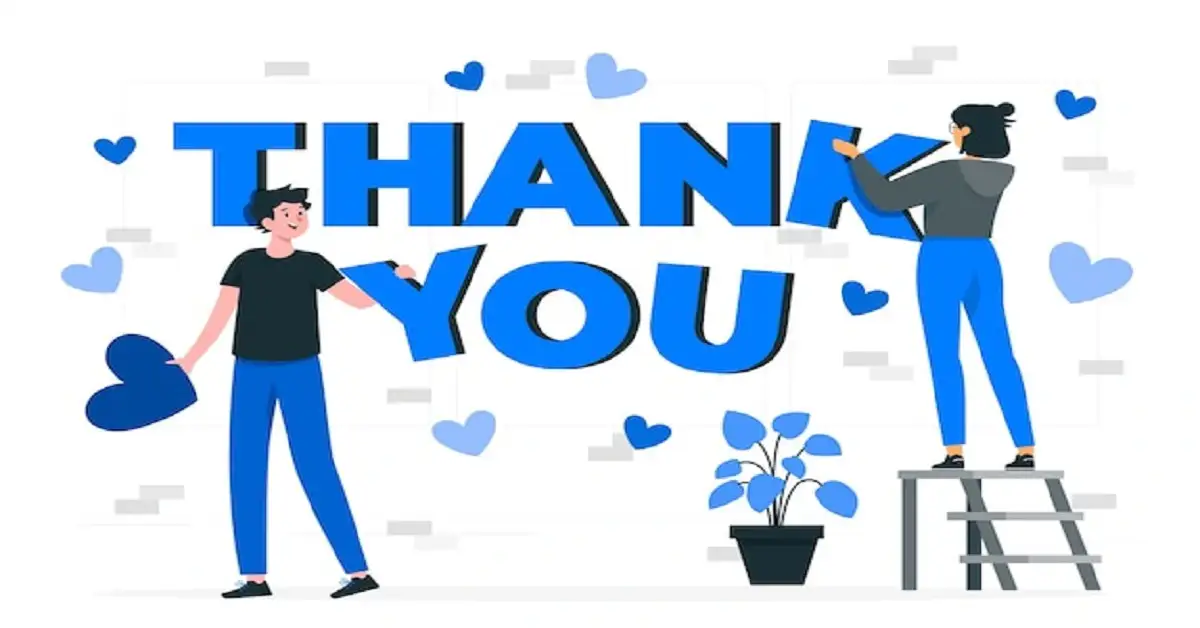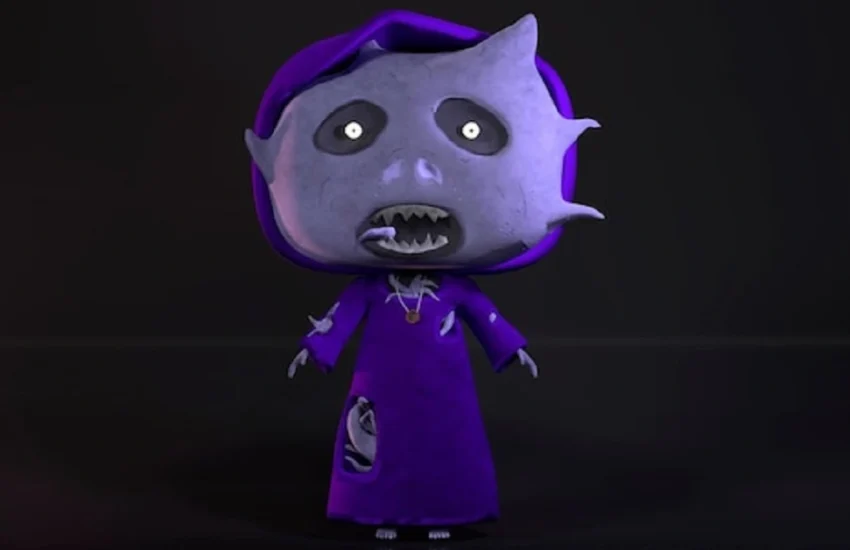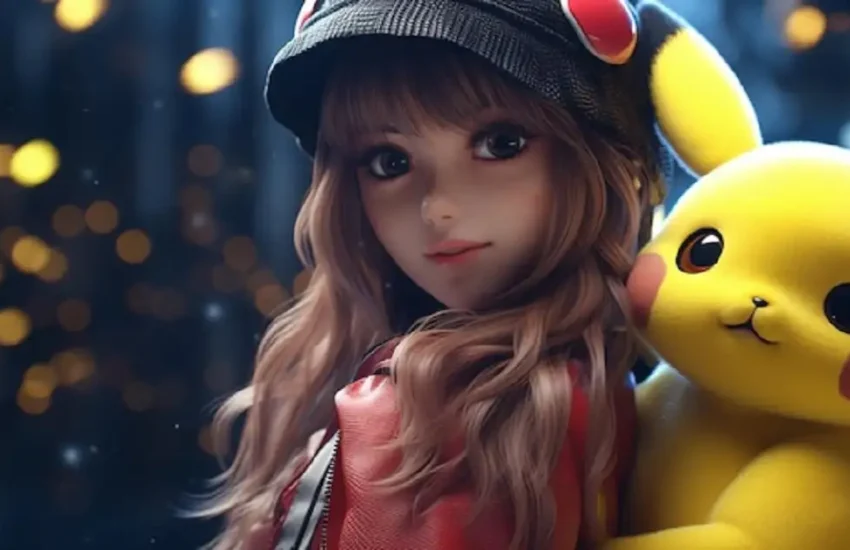The Allure of Animated GIFs: A Deep Dive into “Thank You” GIFs
In the digital age, expressing gratitude has evolved beyond traditional handwritten notes or verbal thanks. One of the most engaging ways to say “thank you” today is through animated GIFs. These small, looping animations have become a staple in digital communication, providing a vibrant, fun, and often humorous way to convey emotions. Among the myriad types of GIFs available, “thank you” GIFs hold a special place, serving as a heartfelt gesture of appreciation in both personal and professional contexts.
The Rise of Animated GIFs
Animated GIFs (Graphics Interchange Format) have been around since the late 1980s, but their popularity surged with the advent of social media and messaging apps. Their ability to loop continuously without the need for a play button made them perfect for quick, repetitive, and impactful messages. GIFs bridge the gap between static images and videos, offering a dynamic visual experience without the need for sound.
Why “Thank You” GIFs are Popular
“Thank you” GIFs encapsulate a range of emotions in a compact format. They can be formal, funny, cute, or sentimental, making them suitable for any audience. Here are some reasons for their popularity:
- Emotional Impact: The animation adds a layer of emotion that static images or text can’t match. Whether it’s a heartfelt hug, a playful dance, or an elegant bow, the motion conveys sincerity and warmth.
- Universal Appeal: A “thank you” GIF can cross language barriers. The visual representation of gratitude is universally understood, making it an ideal medium for international communication.
- Ease of Use: GIFs are easy to share. They can be embedded in emails, sent via messaging apps, or posted on social media with just a few clicks.
- Memorable: A well-chosen GIF can leave a lasting impression. The combination of visuals and motion makes it more likely that the recipient will remember the gesture.
Types of “Thank You” GIFs
The variety of “thank you” GIFs available is vast, catering to different tastes and contexts. Here are some popular categories:
- Humorous Thank You GIFs: These often feature characters from popular TV shows, movies, or internet memes. A classic example is a scene from a sitcom where a character expresses exaggerated gratitude in a funny way.
- Cute Thank You GIFs: These typically involve adorable animals or animated characters. For instance, a kitten nodding or a puppy wagging its tail in appreciation.
- Formal Thank You GIFs: Suitable for professional settings, these GIFs might feature elegant typography and subtle animations, such as a bow or a simple hand gesture.
- Pop Culture Thank You GIFs: Leveraging scenes from movies, TV shows, or viral videos, these GIFs connect the gratitude message with widely recognized pop culture moments.
- Personalized Thank You GIFs: Some platforms allow users to create custom GIFs. This can involve personal photos or messages, adding a unique touch to the gesture.
Creating Your Own “Thank You” GIF
Creating a personalized “thank you” GIF can be a fun and rewarding process. Here’s a step-by-step guide to making your own:
- Choose Your Concept: Decide on the tone and style of your GIF. Is it for a formal thank you, or something more casual and fun?
- Select Your Tools: Use online tools like GIPHY, Canva, or Photoshop. These platforms offer templates and easy-to-use interfaces for creating GIFs.
- Create the Animation: Design your frames. You can use images, text, or both. Make sure the animation loop is smooth and conveys your message clearly.
- Add Finishing Touches: Include any additional elements like filters, stickers, or effects to enhance your GIF.
- Export and Share: Once you’re satisfied with your creation, export it as a GIF file and share it with your intended recipient.
The Impact of “Thank You” GIFs in Different Contexts
Personal Use: In personal interactions, a “thank you” GIF can add a playful or heartfelt touch to your message. It shows that you’ve put thought into your expression of gratitude, making it more meaningful.
Professional Use: In the workplace, sending a “thank you” GIF can help foster a positive environment. It’s a quick way to acknowledge someone’s hard work or assistance, boosting morale and encouraging a culture of appreciation.
Social Media: On platforms like Twitter, Facebook, or Instagram, a “thank you” GIF can enhance engagement. It stands out more than a simple text post and can be shared widely, spreading the message of gratitude.
Conclusion
Animated GIFs have revolutionized the way we communicate online, and “thank you” GIFs are a testament to their versatility and impact. Whether you’re expressing gratitude to a friend, colleague, or a broader audience, these small, looping animations offer a powerful way to convey your thanks. As digital communication continues to evolve, the role of GIFs in expressing emotions will undoubtedly grow, making our online interactions more vibrant and heartfelt. So next time you want to say “thank you,” consider sending a GIF—it’s a gesture that’s sure to be appreciated and remembered.


